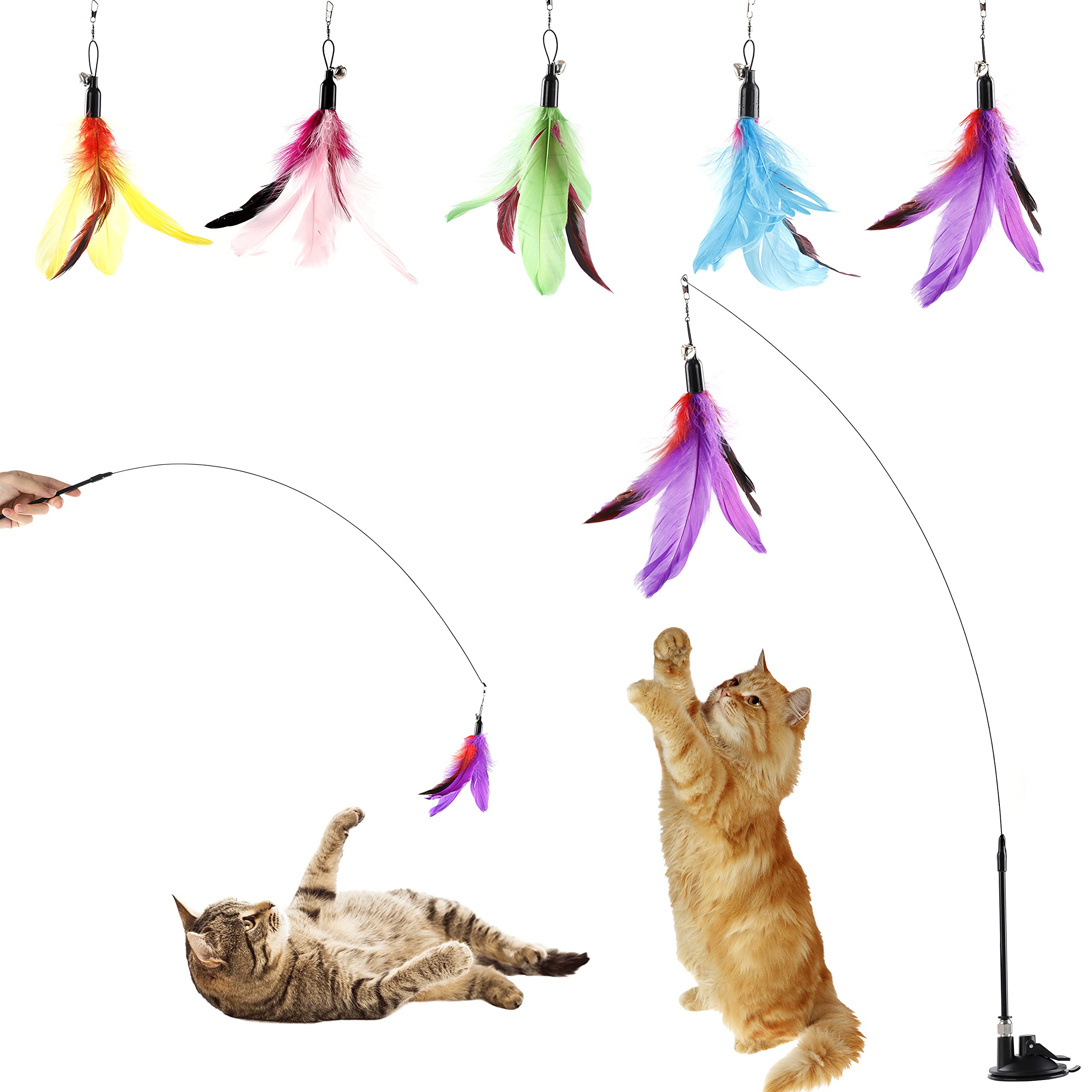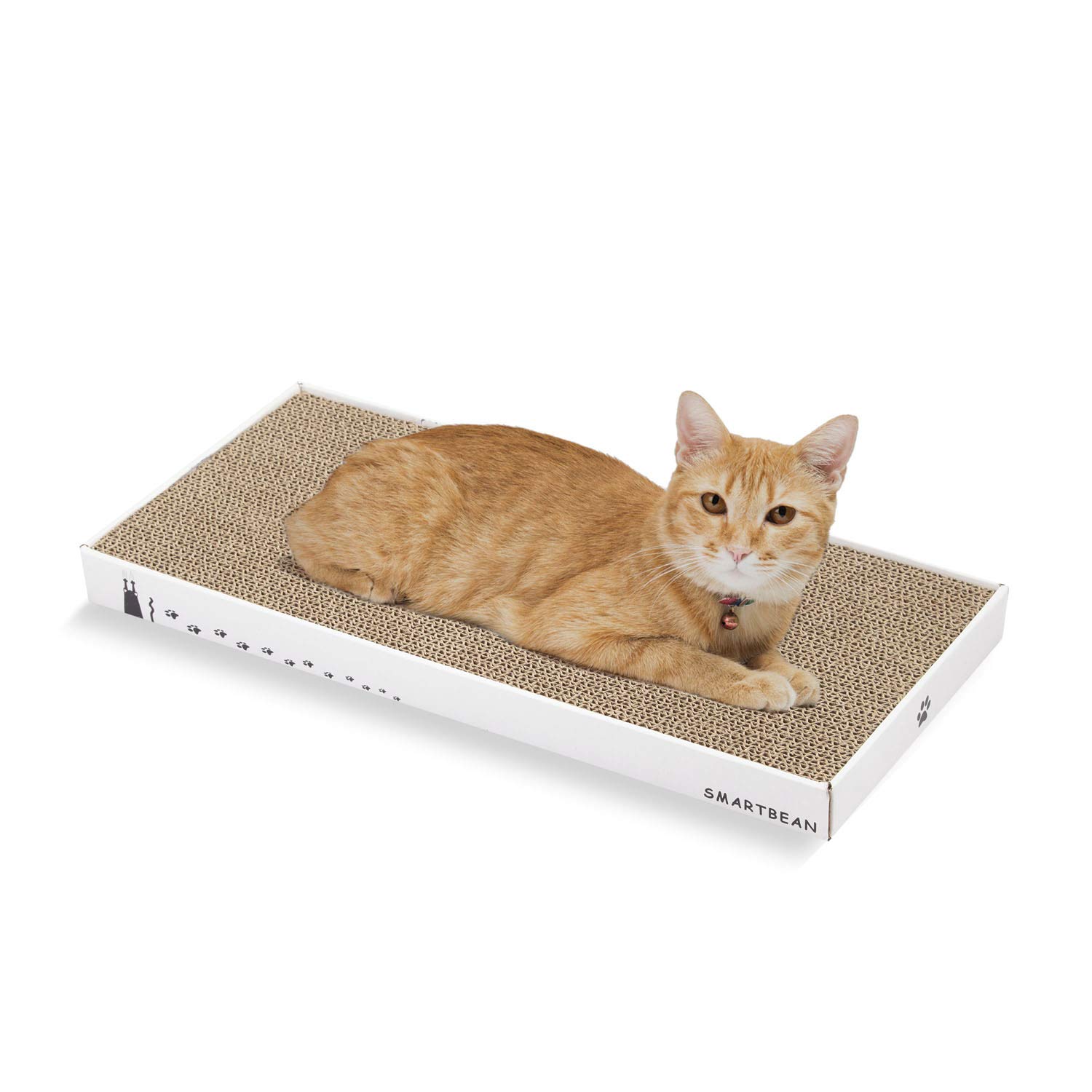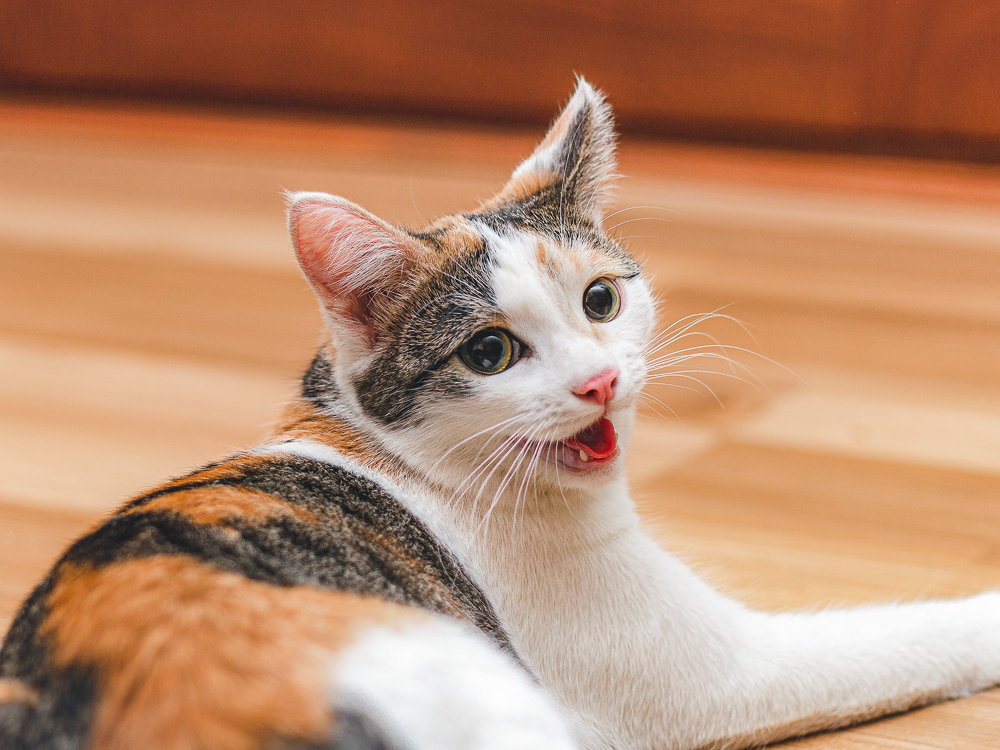Understanding and Encouraging Playful Behavior in Cats
As cat owners, understanding normal play behaviors provides us great insight into our pets’ physical and mental states. When we know what healthy play looks like, we can better provide activities suited to a cat’s needs and abilities at every life stage from frisky kitten to less agile senior.

Why Play Matters So Much for Cats
Play might seem like just amusement for bored cats, but it serves many crucial needs. The stalking, chasing, pouncing, and attacking actions tap into innate predatory behaviors still embedded in domestic cats after thousands of years of evolution. Indulging these strong prey drives provides huge mental enrichment.
Play also helps relieve boredom that leads to stress and destructive behaviors. When cats have positive play time outlets, they feel less need to bite, scratch, or act out.
In addition, play activities give physical benefits helping develop coordination, flexibility, balance, and strength. As cats twist, turn, leap, and sprint during play, they build muscles and skills. This helps them stay at healthy weights too by burning calories and releasing pent up energy.
What Does Play Look Like for Cats?
To promote our cats’ health through play, we must first understand normal play behaviors. Much centers around motions tied to their hunting instincts. You’ll see cats enter intense observation mode as they stalk “prey” like toys or laser pointers. They might freeze then progress through stages:
- Crouching down
- Creeping slowly forward
- Wiggling hindquarters
- Pouncing on the target
- Grabbing it with front paws or biting it
- Bunny kicking or batting it around
- Chasing after it
Healthy play often includes props like balls, plush mice, feathers on strings that trigger merry chase scenes across the room. Cats also playfully stalk, pounce and wrestle with each other or even chase their own tails for self-amusement.

You’ll know your cat feels engaged and rewarded when their eyes narrow, ears perk up, and they become fully immersed in play. They lose track of everything else around them. This intense focus and concentration signals true predatory obsession.
How Play Evolves Through a Cat’s Life
Kittens perform almost constant play as they build skills, experiment with abilities, and expend energy. Play constitutes much of their waking hours. You’ll see wrestling matches with litter mates, chasing fraying strings, and practicing hunting techniques on any moving object.
Adult cats retain a strong desire to play daily, but with less kitten-like exuberance. Play times tend to involve short, energetic bursts rather than endless hours. Interactive play with humans or other pets helps keep adults mentally and physically nimble.
As cats grow older, play declines due to reduced physical capacities. But seniors still benefit greatly from any play stimulation they can manage. Keep expectations realistic for tired, arthritic cats. Even small efforts batting a rolled ball build movement. The mental and sensory play elements also aid aging minds when brains can no longer coordinate complex physical feats.

Warning Signs of Play Problems
While play drives remain strong across ages, dysfunctional patterns or losses of interest sometimes arise. Contact your vet promptly about any major changes in your cat’s typical play regimen or odd behaviors emerging. Common red flags include:
- Sudden disinterest in all play, indicating possible illness or injury
- Play aggression increasing, like biting or scratching humans
- Obsessive play behaviors without self-regulation or control
- Hiding more often or acting fearful and avoiding play and people
Your vet can diagnose medical issues leading to alterations in play drive. For ongoing or extreme behavior issues, enlist certified pet behavior professionals. They have extensive training in
correcting problem cat conduct issues
through proven techniques.
Encouraging Healthy Play
Optimizing play opportunities leads to happier, healthier cats. Build play into daily schedules with a diversity of stimulating and engaging options.
Interactive Toys
Try interactive playthings mimicking prey for cats to stalk and chase like feather wands, laser toys, treat balls with holes. Moving parts grab attention better than stationary toys. Rotate selections to prevent boredom from too much repetition. Tailor choices to current energy levels – a listless senior needs gentler play than a rambunctious kitten.

Puzzle Feeders
Incorporate more physical and mental challenges at mealtimes. Instead of free feeding dry kibble from dull bowls, make cats work for it! Puzzle feeders with mazes, hidey-holes, sliders and lifts build play right into snack or dinner time as cats manipulate toys with paws and noses to release food.
Cat Trees and Scratch Posts
Ensure cats can climb, scratch, leap, and explore vertical spaces with appropriately sized cat trees, scratching posts, wall perches to tap into playful energy reserves. Position near windows for enriching bird watching. Taller cat trees prevent conflicts by giving low and high vantage points.

Clicker Training
Clicker training employs positive reinforcement to condition desired behaviors like coming when called, sitting, high fiving. As cats perform tricks and tasks for tasty treats, they receive mental challenges through structured play formats. Short 5 minute daily training sessions create new games you both enjoy.
Safety First!
While sustaining healthy play, exercise some precautions too:
- Avoid small toy parts or strings cats might swallow
- Trim nails regularly to prevent scratches
- Watch for signs of overexertion like refusal to play or panting and provide rest periods
- Separate warring cats if play fights escalate to real fights
Ensure your home setup allows for safe play with plenty of open floor space, low ledges or ramps between tall cat trees. Remove dangerous hazards like wobbly lamps in high traffic play zones.

Getting Help
If you spot any
warning signs of declining interest
or abilities in play, discuss promptly with your vet. They can pinpoint medical factors requiring treatment. Should behavioral problems persist despite correction attempts, seek advice from certified cat behaviorists to get play patterns back on track through tactics like reward training, structured play, or environmental changes.
Don’t write off changes in elderly cats’ play as just “getting old and tired”. There may be ways to adapt activities to their current physical and mental state so they can continue reaping benefits from play. Any engagement trumps none.
With attentive care and common sense safety, play offers huge enhancements to quality of life across all life stages from frisky kittens to less agile seniors. Understanding play motivations, incorporating daily interactive playtime, trying new toys, and tweaking as needed lets us provide healthy fun for our feline friends!

